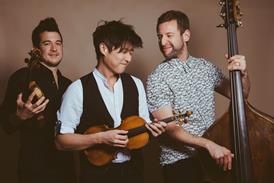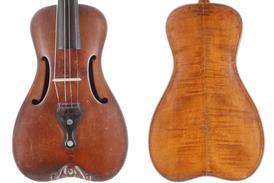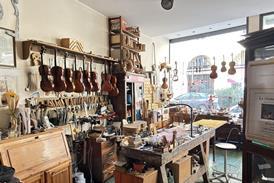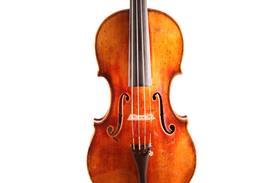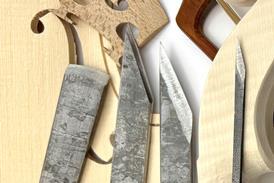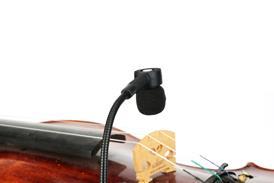- More from navigation items
- Home
- News
- For Subscribers
- Student Hub
- Playing Hub
- Podcast
- Lutherie
- Magazine
- Magazine archive
- Whether you're a player, maker, teacher or enthusiast, you'll find ideas and inspiration from leading artists, teachers and luthiers in our archive which features every issue published since January 2010 - available exclusively to subscribers. View the archive.
- Jobs
- Shop
- Directory
- Contact us
- Subscribe
- School Subscription
- Competitions
- Reviews
- Debate
- Artists
- Accessories
Masterclass: Barnabás Kelemen on the first movement of Beethoven's ‘Rasumovsky’ quartet, op.59 no.1

The leader of the Kelemen Quartet discusses spontaneity and scales in the first movement of this ‘Rasumovsky’ Quartet. From the January 2018 issue
The Kelemen Quartet first learnt this piece for the Premio Paolo Borciani Competition in Italy in 2014, and we loved it. We had already learnt the other two ‘Rasumovsky’ quartets, so this was the icing on the cake…
Already subscribed? Please sign in
Subscribe to continue reading…
We’re delighted that you are enjoying our website. For a limited period, you can try an online subscription to The Strad completely free of charge.
* Issues and supplements are available as both print and digital editions. Online subscribers will only receive access to the digital versions.



